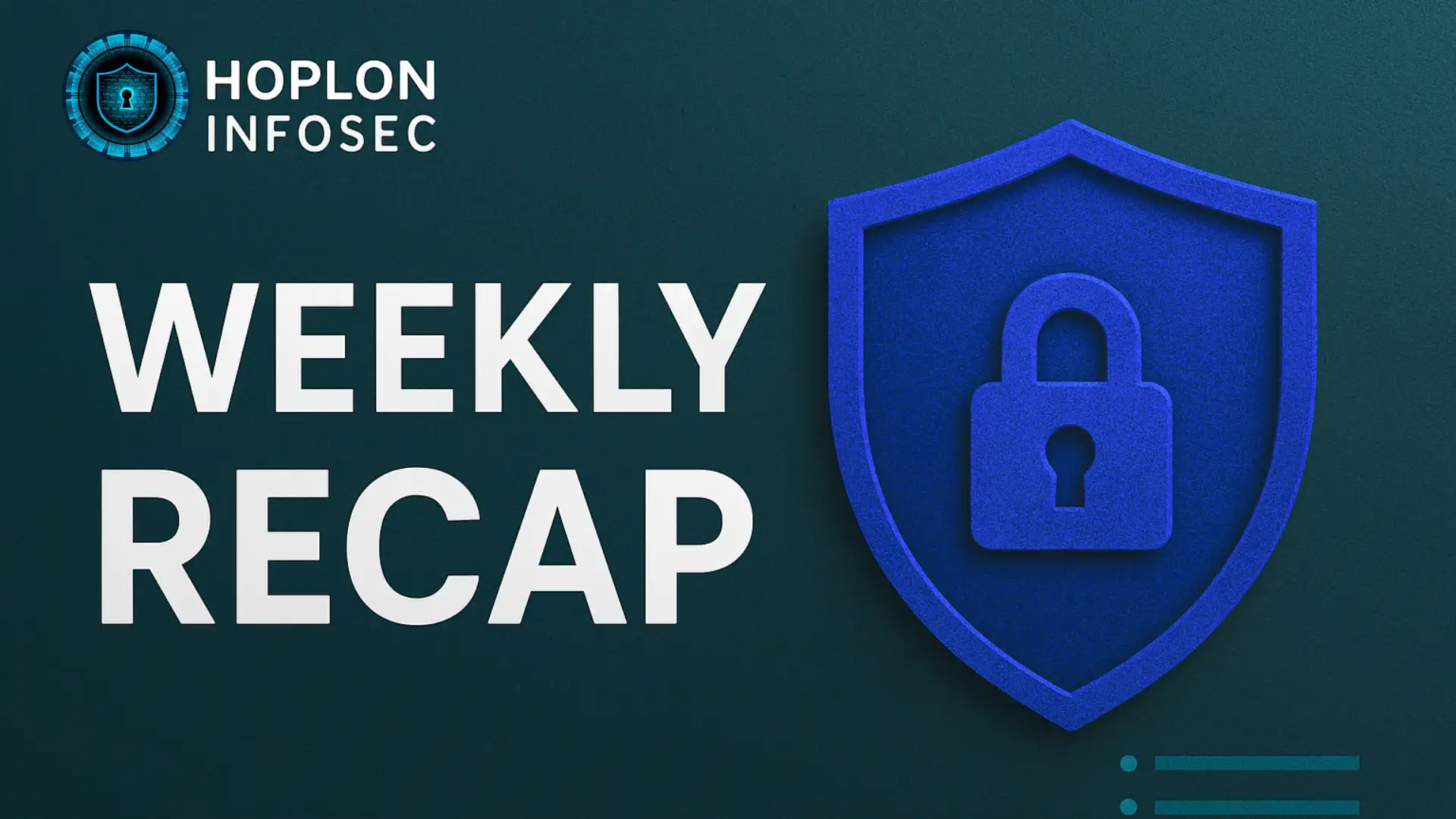Imagine waking up one morning to discover a hacker group has secretly sifted through your county’s records—personal, financial, and medical—and now threatens to publish it all unless you pay. The above scenario is exactly what happened in the city of Dallas County in October 2023.
1. What Happened—In Plain Detail
On October 19, 2023, Dallas County first noticed something odd in a portion of its network. They moved fast, isolating affected systems and hiring cybersecurity experts to contain the breach. Though the systems kept running, the danger wasn’t over: files weren’t locked (encrypted) but were quietly stolen.
A ransomware gang named Play took credit. They posted a notice on their dark web “leak site” claiming to have grabbed sensitive data and threatening to leak it if the county didn’t pay by early November.
2. Where the Breakdown Happened—Workflow Explained
- Initial Access
Likely through phishing—a malicious email tricking someone into clicking a link or opening a file. - Establish Presence
Once inside, attackers likely used tools like Cobalt Strike, RDP, or remote-management software to explore the network and move sideways. - Data Exfiltration
They quietly pulled documents and records out—potentially hundreds of thousands of files—without disrupting day-to-day operations. - Threat & Extortion
No files were scrambled or destroyed. Instead, Play threatened to publish everything unless paid—a form of double extortion. - Detection
Dallas County discovered the incident in its early stages. The incident was disclosed publicly on October 30 and 31, after containment began.
3. Who’s Behind It
- Play ransomware gang: Self-described as international, active since at least 2022. The Dallas case brought them to prominence, but they have also targeted Oakland and other government entities.
- Possible ties: Analysts see similarities with groups like Conti and Royal—famous for attacking governments. They often repurpose tools like Cobalt Strike and RDP exploits.
4. Scope of the Damage
- The incident impacted over 200,000 individuals. Dallas County recently confirmed that they sent notices to 201,404 individuals, encompassing employees, residents, and those conducting business with the county.
- Type of data exposed: Full names, Social Security numbers, birth dates, driver’s licenses, taxpayer IDs, medical details, and insurance info (bleepingcomputer.com).
- Financial burden: The county is footing costs for a call center, notifying victims, and offering 2 years of credit monitoring. Systems upgrades also followed. The breach cost, which has not yet reached its total, encompasses incident response, legal obligations, and reputational damage.
5. Why This Happened—The Mistakes
- Phishing vulnerability: One click was all it took. Without strong email filtering or user training, phishing remains powerful.
- Network holes: The gang leveraged remote-logon tools and possibly weak RDP credentials to move inside systems.
- Limited monitoring: Data left quietly—no alarms until it was too late.
- • Under-resourcing: Like many public entities, Dallas County likely lagged in proactive cybersecurity—patching, detection, and training.
6. How People Could Be Hit—And How to Spot It
- At an individual level: If you’ve been one of the 200,000, check your credit reports and monitor bank/insurance statements. Watch for suspicious activity—new lines of credit, odd health claims.
- Detecting an attack: Look out for unexpected alerts in your systems—emails with strange URLs or attachments, printer printouts of ransom notes, unexplained account creations, or sudden log-ins from odd locations.
- Government preparedness: Need multi-factor authentication, email training, endpoint detection software, RDP restrictions, and constant internal scanning.
7 Lessons Learned—What Dallas County Did Next
- IImmediate containment involved shutting down the breach before encryption began and blocking the IP addresses of the bad actors.
- External help: Brought in cybersecurity experts and forensic analysts to investigate.
- Public notifications: Created a call center, informed victims, offered credit monitoring.
- Stronger defenses: Implemented endpoint detection, forced password changes, and blocked suspicious IP addresses.
8. Final Thoughts—Telling It Like It Is
This wasn’t a Hollywood spectacle. There was no locked screen, no dramatic system crash. It was a quiet, clinical theft—hundreds of thousands of records taken without immediate disruption.
Dallas County was lucky they caught the thieves before encryption kicked in. But that only began the cleanup.
The real victims? Every resident is now at risk of identity theft, financial .d, or privacy violation. Public institutions are being forced to play catch-up—investing millions to shore up defenses.
The story of Dallas County in October 2023 is a sharp reminder: it only takes one moment—a careless click, a missed patch—for eveverything to unravel. For governments, companies, and even individuals, it’s not a question of if, but when.t about if, but when. And once the door is open, the cleanup is painful, expensive, and takes years.
Takeaway: This isn’t a question of paranoia—it’s a fact: shore up your email, require multi-factor login, train your team, and deploy real monitoring. Because threats like Play don’t stop at government—they come for us all.
Let me know if you’d like to expand with quotes, visual timelines, or victim voices.




